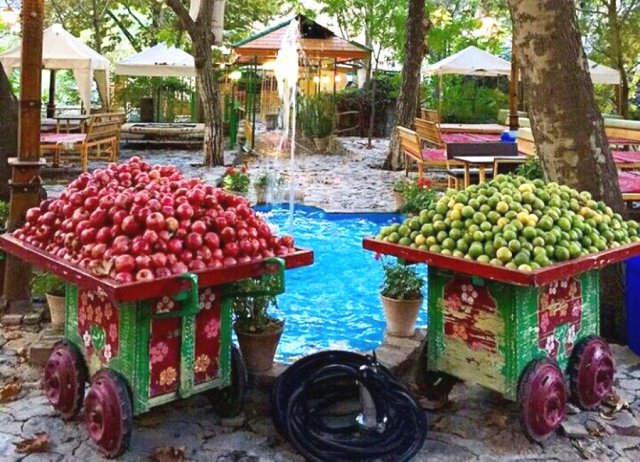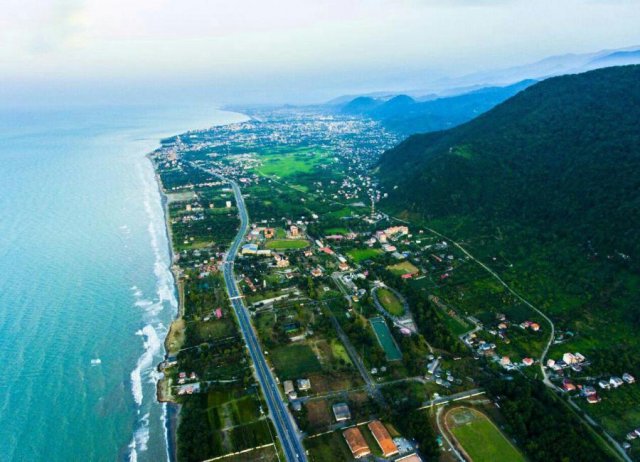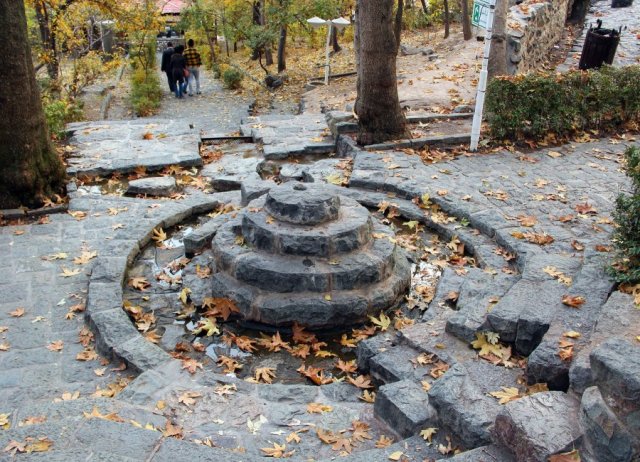Overview
In 2006 the 300-sq-km mountainous area on the western half of Qeshm Island was gazetted as the Qeshm Island Geopark, Iran’s first member of the Unesco-listed Global Geopark Network (to be a mem-ber, parks must have a geological heritage of international significance and must use that heritage to promote the sustainable development of the local communities who live there). Whether you’re driving through this area or looking at it on a Google Earth image, the geological significance is easy to see. Nature has carved steep-sided stone canyons, eroded flat-topped hills into sandy dunes and dramatic organ-pipe ridge lines, and dug deep into the island to form caves including Khare Namaki (Namakdan Cave), which at 6.8km is the longest known salt-cave system on earth.
The park is operated by a small but ex-tremely motivated team that works with the Qeshm Free Zone Organization, Une-sco, NGOs, ecotourism operators, Iranian naturalists and the local community to preserve the island’s unique geology and heritage. Its programs include a project to create employment and socialisation opportunities for local women, the respon-sible aquaculture of pearls by the people of Berkeh Khalaf village and the propaga-tion of native plants and mangroves by the people of Shibderaz and Dayrestan villages. For more information about the park stop by its headquarters (%076-3525 2237; www. qeshmgeopark.ir/en; Imam Gholi Khan Sq, Qeshm Town; h8am-3pm Sat-Thu).
A highlight of the park is the sinuous Chahkooh Canyon (near Chahkooh village; IR20,000; h8am-7pm) seemingly carved into the earth by a master builder. The exposed rock and lack of plant life are quite startling and invoke a quiet sense of awe. The canyon’s rounded edges and sharp corners create a symphony in stone of imposing proportions. You can climb up to the intersection of two narrow vertical canyons and drink from a chah (well) that has been used by shepherds for centuries.
One of the park’s projects is the onshore preservation of the hawksbill and green turtles through community participation, which you can see in action in the pictur-esque village of Shibderaz. On the long beach here, where the turtles lay their eggs between April and July, locals work in shifts through the night to protect the eggs from predators.
Points Of Interest
This village, at 1700m elevation and just north of the no-torious Evin Prison, is one of Tehran’s most pleasant urban escapes
At 370,000 sq km the Caspian (Darya-ye Khazar) is five times the size of Lake Superior.That makes it by far the world’s largest lake.
This popular in town escape stretches ever more steeply up the mountainside at Tehran’s northern edge



